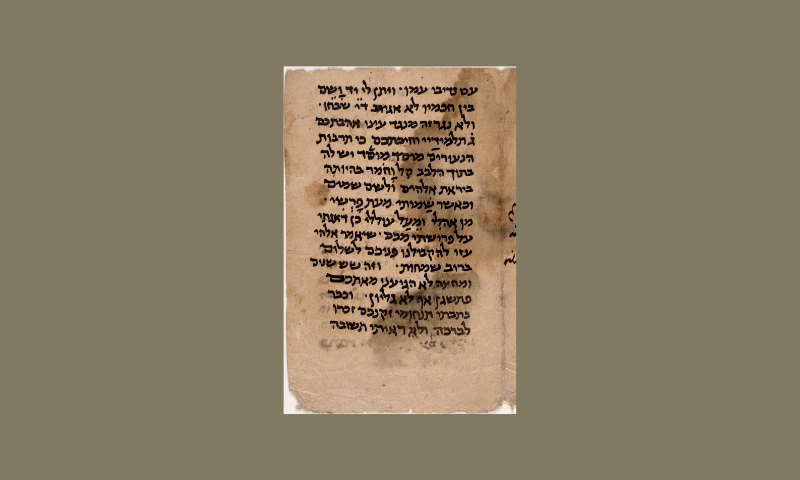William Kremer
BBC World Service, Nov. 8, 2013
“… with each daf yomi cycle, the Talmud gets more accessible.”
Step into the last carriage of the 07:53 train from Inwood to Penn Station in New York and you may be in for a surprise. The commuters here are not looking at their phones or checking the value of their shares, but peering down at ancient Hebrew and Aramaic text and discussing fine points of Judaic law.
It’s a study group on wheels, and the book absorbing their attention in between station announcements is the Talmud – one of the most challenging and perplexing religious texts in the world. The group started 22 years ago, to help Long Island’s Jewish commuters find their way through the “book”, which stretches to well over 10 million words across 38 volumes.
In his book, the Complete Idiot’s Guide to the Talmud, Rabbi Aaron Parry says that when, shortly before his death, Einstein was asked what he would do differently if he could live his life again, he replied without hesitation: “I would study the Talmud.”
It contains the foundations of Halakha – the religious laws that dictate all aspects of life for observant Jews from when they wake in the morning to when they go to sleep at night. Every imaginable topic is covered, from architecture to trapping mice. To a greater extent than the other main Jewish holy book, the Torah, the Talmud is a practical book about how to live.
… [To read the full article, click here]
________________________________________________________


